Project managers must ensure that they engage the stakeholders throughout the project life cycle. Involving stakeholders in the project is a daunting task, and in this case, a Stakeholder Engagement Assessment Matrix is a great help.
The stakeholder engagement assessment matrix is an important project document, and today’s post will discuss this document in detail.
What is the Stakeholder Engagement Assessment Matrix?
Project managers keep records and track stakeholder involvement in a project. This information helps place stakeholders at their current level of engagement on a project and motivates them for more active roles.
The project manager uses certain parameters to determine stakeholders’ level of engagement, such as their needs, interests, and influence level on the project.
Categories of Stakeholders
Based on the level of engagement, you can categorize stakeholders into five groups:
- Ignorant or Unaware: These stakeholders are unaware of and uninformed about project issues.
- Unwilling or Resistant: These stakeholders are reluctant to change. They are resistant and uncooperative; they are stressors to the project manager.
- Indifferent or Neutral: They assume a neutral role but are aware of the project. They neither support, reject nor engage in project activities.
- Responsive or Supportive: They are receptive to change and are informed about the potential effects of changes on the project.
- Principal or Leading: They accept change and actively participate in the project.
Stakeholder Engagement Assessment Matrix Template
The following is an example of a stakeholder engagement assessment matrix.
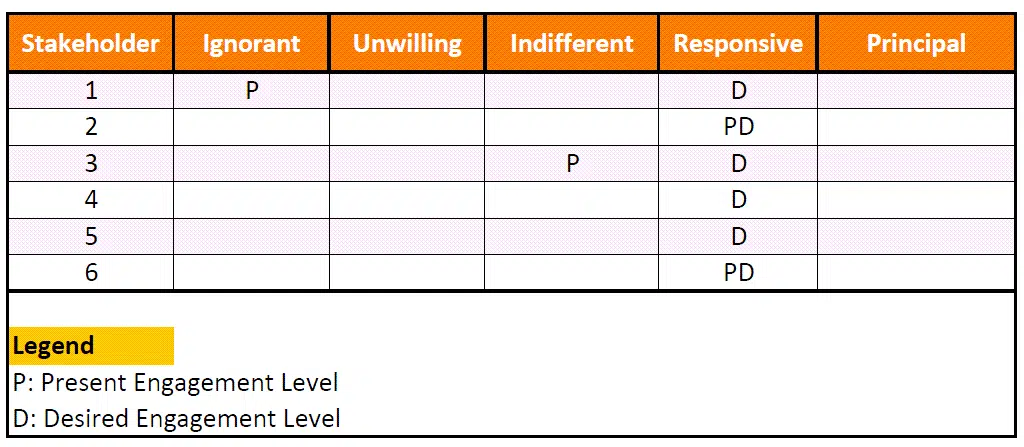
How to Create a Stakeholder Engagement Assessment Matrix?
A stakeholder engagement matrix is organized in a tabular format consisting of rows and columns, as shown above.
The engagement matrix is dynamic, as stakeholders’ status can change over time. Therefore, project managers must regularly review the engagement assessment matrix to tweak the stakeholder engagement strategy if required.
The stakeholder engagement matrix can be automated using apps like MS Excel and google spreadsheets.
Steps to Create a Stakeholder Engagement Matrix

#1. Project Stakeholders Identification
You identify stakeholders before the project starts and repeat this process throughout the project life cycle.
This process includes
- Identification of stakeholder groups
- Identification of individual stakeholders
You record this information in the stakeholder register.
#2. Assessment of Stakeholders’ Interests
The next step is stakeholder mapping and stakeholder engagement analysis. Finally, you analyze prioritizing stakeholders based on their power, influence, and interest in the project.
#3. Communication Planning
Afterward, you will determine the information to share with stakeholders, frequency, and mode of communication. This plan is documented in a spreadsheet matrix format to refer to, review and update.
#4. Build the Matrix and Engage Stakeholders
Now, you will finalize the stakeholder engagement assessment matrix and implement the plan, i.e., start engaging the stakeholders as follows:
- Execute the communication plan
- Updating the communication plan as needed
- Perform tasks that help increase engagement
What is The Stakeholder Engagement Assessment Matrix Used for?
It shows the stakeholders’ level of influence on the project. This information helps in effective communication that boosts efficiency.
You use the stakeholder engagement assessment matrix for planning and monitoring stakeholders’ communication and engagement levels.
- Planning: You use a stakeholder engagement assessment matrix to strategize and increase the participation of stakeholders.
- Monitoring: The stakeholder assessment matrix helps compare the previous and current levels of stakeholders’ interest and influence on the project. The project manager will know if they are successfully managing stakeholders.
- Find Gaps between Actual and Desired Engagement Levels: After you complete the stakeholder engagement matrix, you can identify and address the differences between the current and expected participation level.
Examples of a Stakeholder Engagement Assessment Matrix
We will see two examples of the stakeholder engagement assessment matrix.
Example 1: Tabular Stakeholder Engagement Assessment Matrix
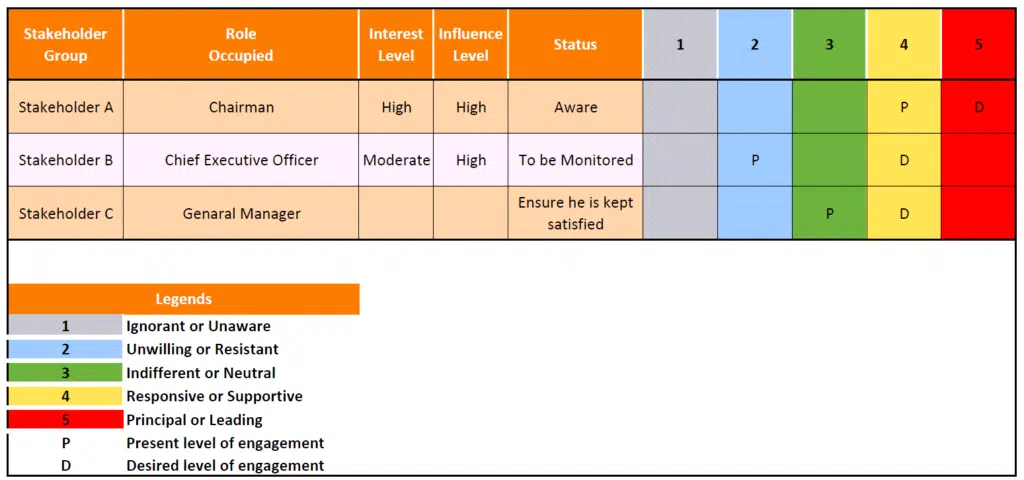
For the above example, you can assess the engagement levels of three stakeholders as follows:
Stakeholder A, the organization’s Chairman, greatly influences the project’s success. Initially, this stakeholder was in the responsive/supportive category; through communication and brought into the leading/principal category.
Stakeholder B is the CEO of the project and has a moderate interest level with high influencing power. The present category of CEO is unwilling and resistant to change; however, he has to be upgraded to at least a supportive level, as his input is key to the project’s success.
Stakeholder C is the general manager with a low interest in the project and a moderate influence. At first, this stakeholder occupies a neutral position, but the project manager seeks to bring him up to at least a supportive role.
Example 2: Graphical Stakeholder Engagement Assessment Matrix
The matrix below helps identify the gaps between the actual and desired level of engagement among project stakeholders. This offers the project manager direction that needs improvement.
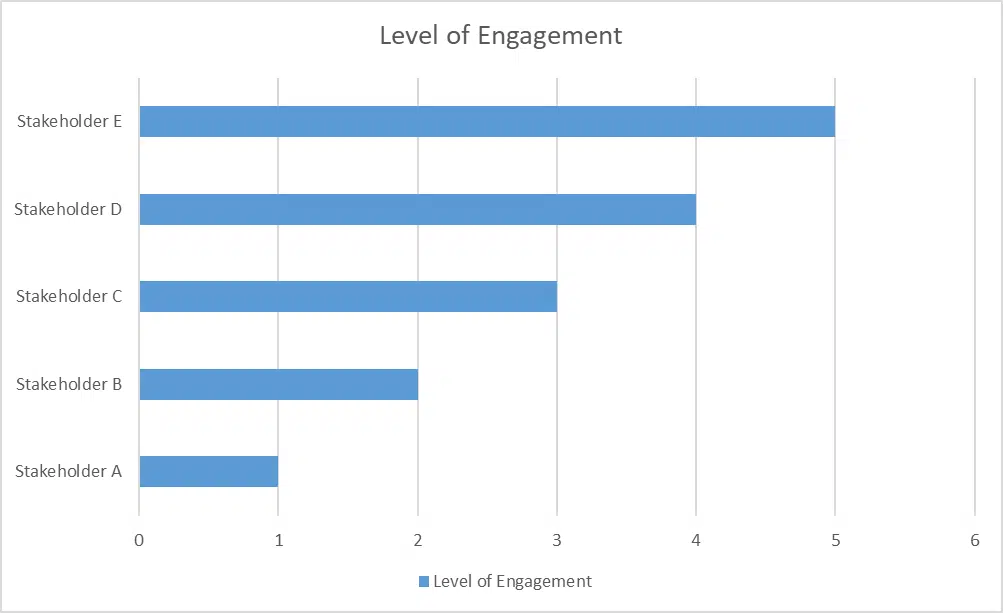
Legend
- Ignorant or Unaware
- Unwilling or Resistant
- Indifferent or Neutral
- Responsive or Supportive
- Principal or Leading
Using graphs to represent the stakeholder engagement assessment matrix is common. At a glance, it is easy to see the gap between stakeholders’ interest and participation level and where the project manager desires them to be.
In the above graph, stakeholder A is unaware, B is unwilling, C is neutral, D is supportive of proposed changes, and only stakeholder E occupies a leading role and is actively involved in project matters.
What Are The Benefits Of a Stakeholders Engagement Assessment Matrix?
The benefits of the stakeholder assessment matrix are as follows:
- Creates Awareness: A project manager must know stakeholders’ skills, influence, and interests. This helps him understand stakeholders and align high-level stakeholders with the project objectives.
- Encourage Stakeholder Participation: When you carry stakeholders along, they tend to be more engaged and responsible towards their duties and perform better.
- Improve Project Performance: Stakeholders’ feedback helps level up the area that needs improvement. As a result, they will feel involved with the project and perform better.
- Keeps a Project Ahead: When all stakeholders are on-board, it fosters unity and boosts productivity, thereby keeping the project above its counterparts.
Obstacles and Challenges of Stakeholder Engagement Assessment
The following are a few challenges in stakeholder engagement assessment:
#1. Poor Confidentiality
The stakeholder engagement assessment matrix is an open document that team members can access. However, high-level stakeholders can feel over-involved, and it could negatively influence the efforts.
Also, low category stakeholders can feel less appreciated leading to decrease project involvement.
Solution: You can use color coding or a numbering system to represent stakeholder categories in the matrix. This masks actual categories and removes the feeling of being unappreciated by those in lower grades.
#2. Inadequate Management Skills
The project manager has many responsibilities and can ignore other aspects of the project.
Solution: Proper activity scheduling ensures no aspect suffers as the benefits outweigh the supposed challenges.
#3. Barriers to Effective Communication
Some communication methods may not apply to all stakeholders, which could drastically slow progress.
Solution: Stick to what works and is convenient on an individual and group basis.
Paying attention to feedback from stakeholders is a proven way to improve efficiency and effectiveness.
Conclusion
Stakeholders’ engagement is key to the success of any project, and you must involve stakeholders with the project and fulfill their requirements.
The stakeholder engagement assessment matrix assists project managers in identifying and encouraging stakeholders to work toward successful project completion.

I am Mohammad Fahad Usmani, B.E. PMP, PMI-RMP. I have been blogging on project management topics since 2011. To date, thousands of professionals have passed the PMP exam using my resources.

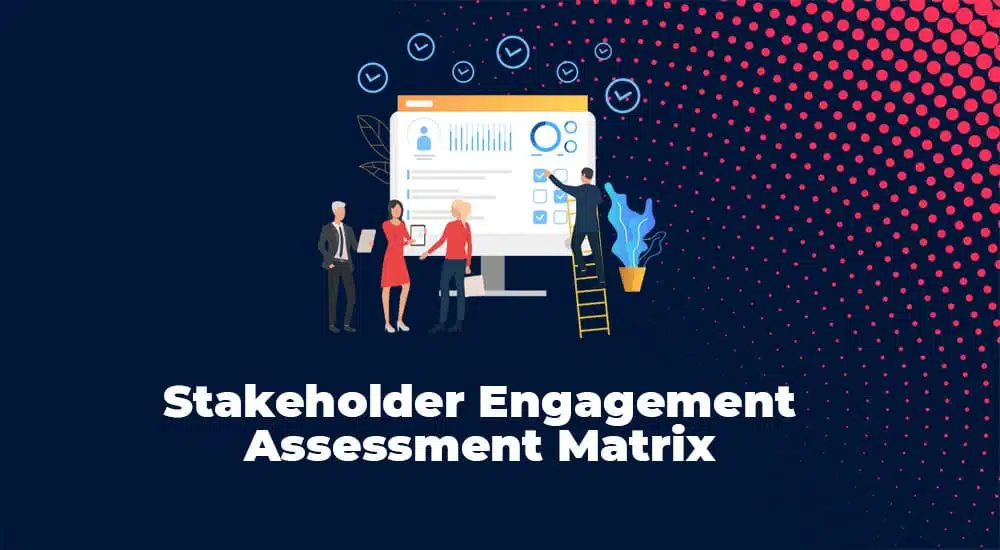

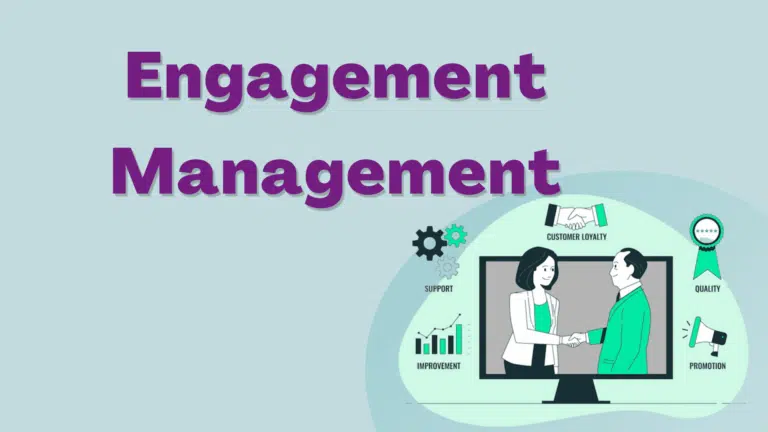
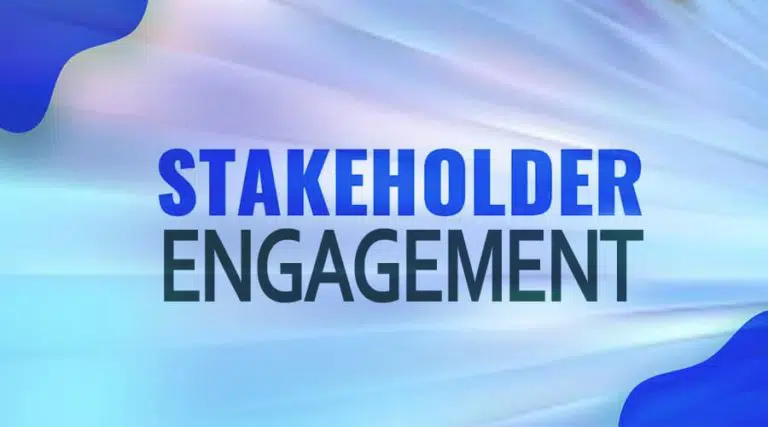

Awesome. It is very useful guide to Managers